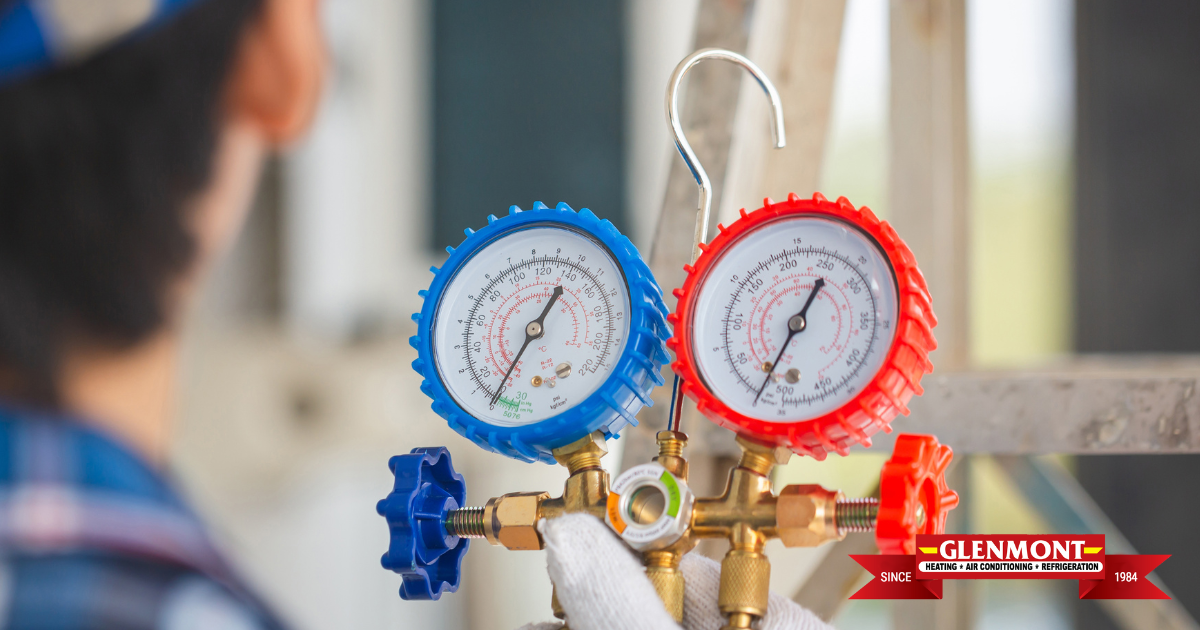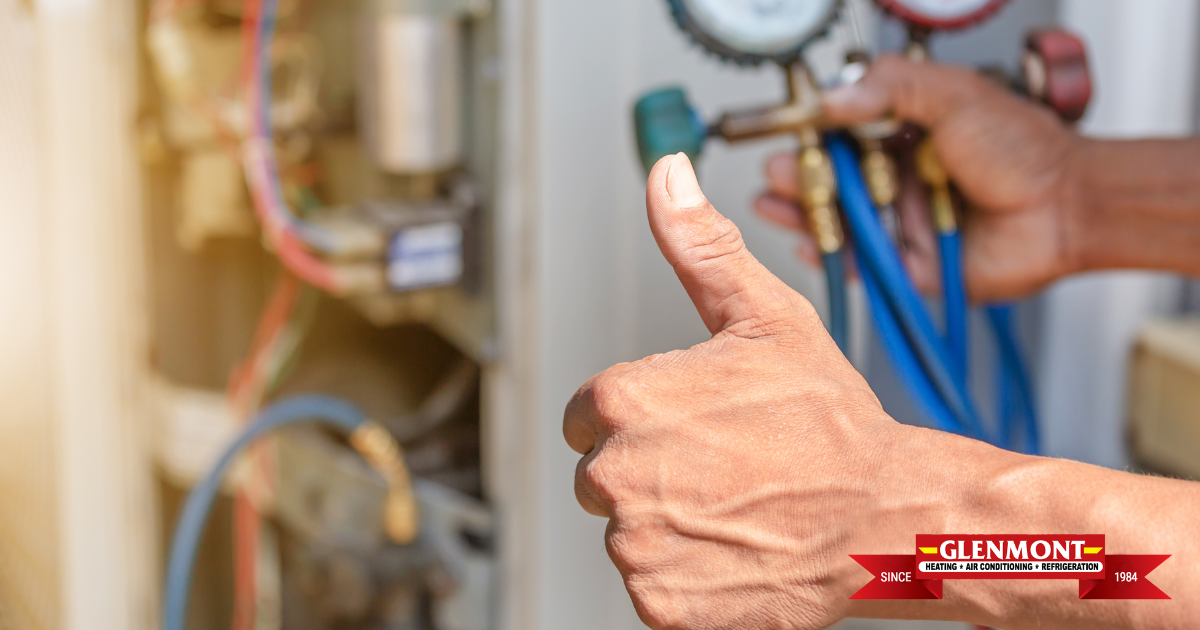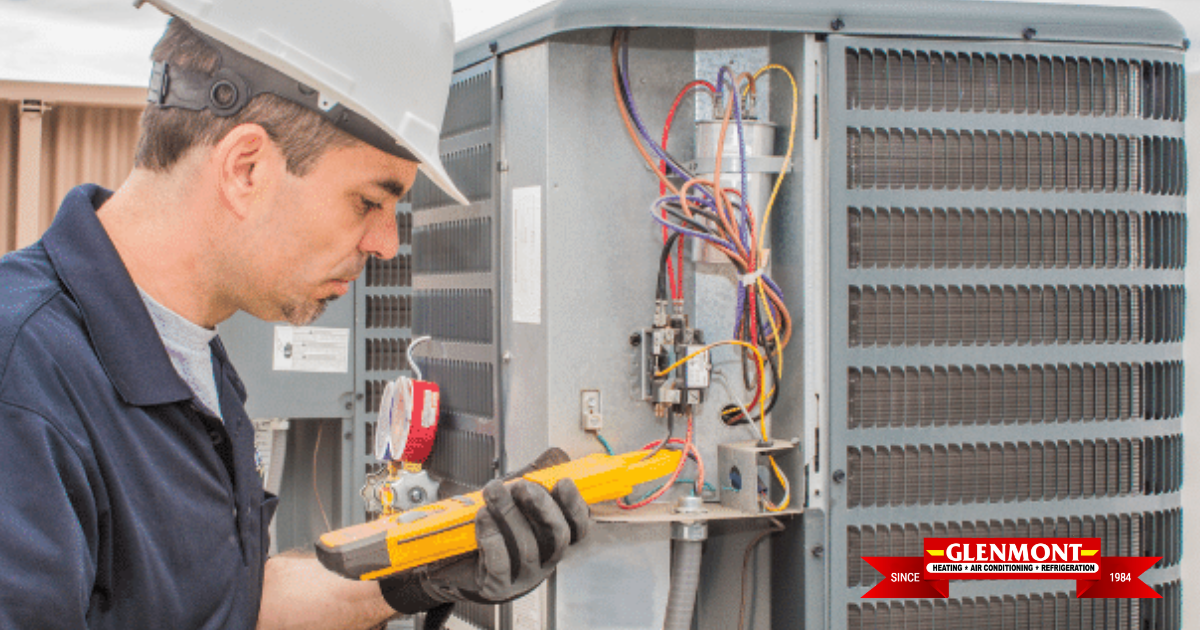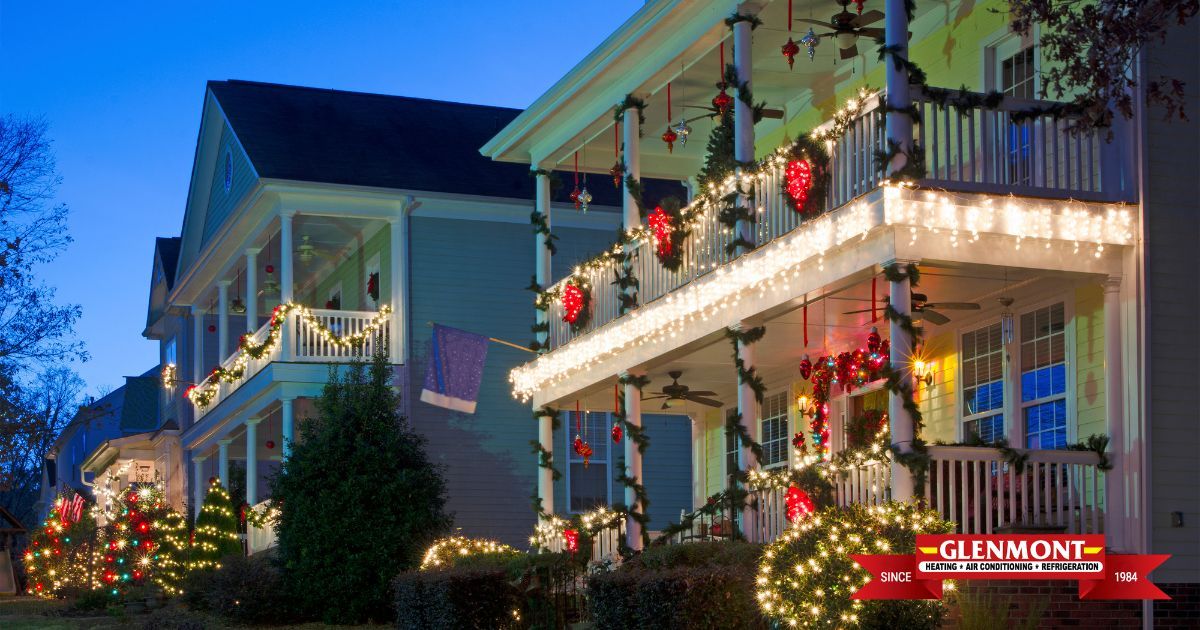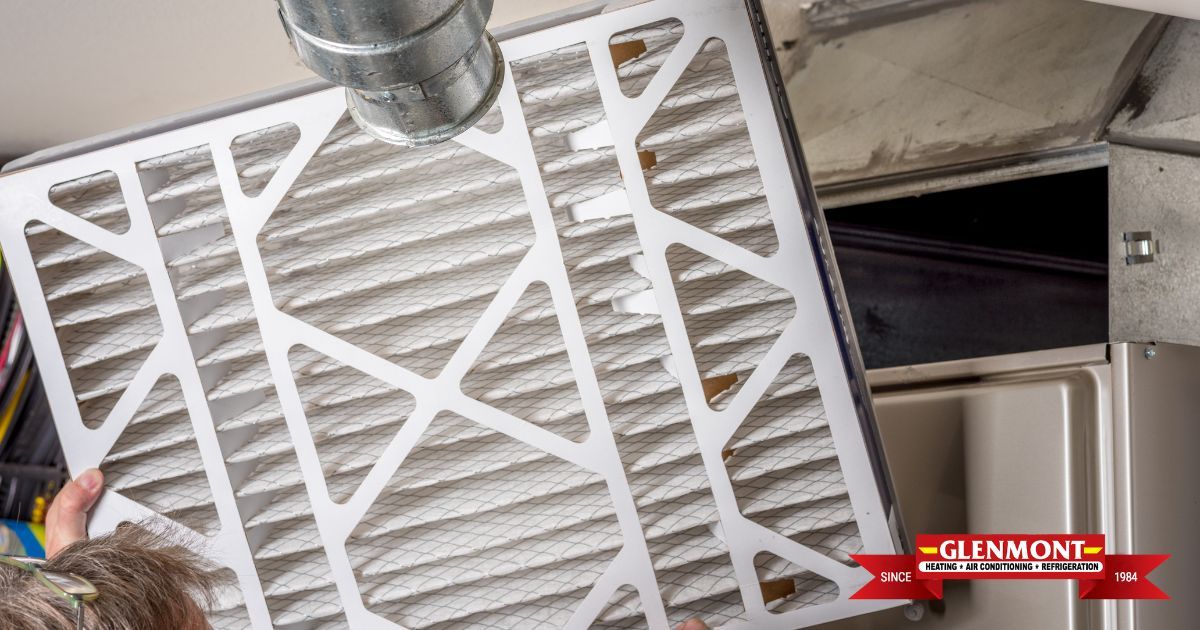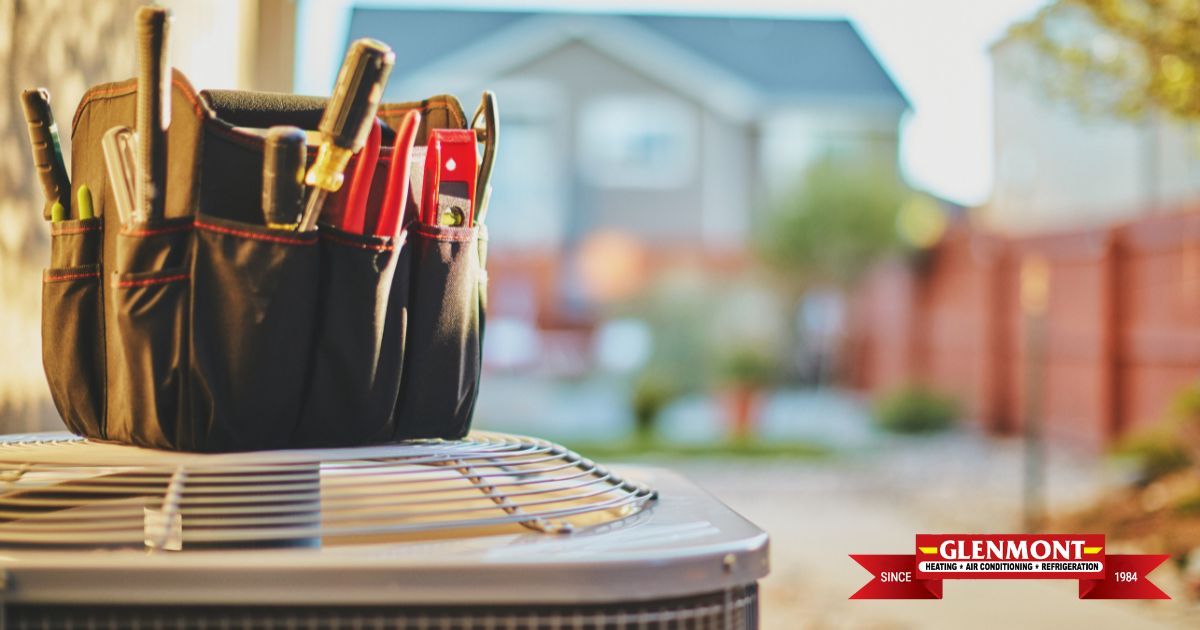How Proper Spring AC Maintenance Can Extend the Life of Your System
Proper spring AC maintenance not only prevents unexpected breakdowns but also significantly extends the life of your system, securing your investment and your peace of mind.
Embracing a comprehensive approach to cleaning, tuning, and preparing your unit can transform it from a potential hassle to a reliable source of cool.
Importance of Changing Your AC Filters in Spring
As we welcome the arrival of spring, shifting our focus to the maintenance of our air conditioning systems becomes paramount, particularly when it comes to the often-overlooked component of air filters. These humble yet crucial elements play a central role in ensuring the efficient operation of your AC unit. As the seasons change and pollen levels rise, neglecting to address the condition of your air filters can have far-reaching consequences.
Overlooking the maintenance of air filters can result in a cascade of problems, each impacting both the performance of your AC system and the quality of your indoor environment. Firstly, clogged or dirty filters restrict airflow, forcing the system to work harder to circulate air throughout your home. This increased strain not only leads to higher energy consumption but also accelerates the wear and tear on various components, potentially shortening the lifespan of your AC unit.
Understand the Benefits of Regular Filter Replacement
Committing to regular filter replacement is akin to giving your AC system a new lease on life. Each switch of the old filter for a clean one ensures the air flowing through your home is not only cooler but purer, shielding your household from allergens and pollutants that could compromise comfort and health. This practice effectively minimizes the risk of expensive repairs by preventing unnecessary strain on essential components like the fan and compressor, making it a smart investment in the long-term performance of your cooling system.
Cleaning and Maintaining AC Coils for Efficiency
As the days grow longer and the flowers begin to bloom, our thoughts naturally drift toward the maintenance of our air conditioning systems, particularly the significance of keeping AC coils clean for optimal efficiency.
The cleanliness of these coils is paramount, not just for the sake of energy consumption, but also for the overall health and efficiency of the AC system.
Keeping Your Coil Fins Straight and Efficient
Transitioning into spring, one aspect of AC maintenance that shouldn’t be overlooked involves the coil fins—those delicate, metallic blades that play a pivotal role in the system’s ability to transfer heat.
Bent or dirty fins can inhibit airflow and reduce the unit’s efficiency, leading to higher energy bills and a shortened lifespan for your system.
Ensuring Proper Flow Through Condensate Drains
Transitioning into the heart of spring maintenance, we must not overlook the pivotal role of condensate drains in our AC systems.
These drains, although often out of sight, play a significant role in the system’s ability to efficiently dispel moisture, a byproduct of the cooling process.
A clogged or improperly functioning condensate drain can lead to an array of challenges, including water damage and reduced system efficiency.
Sealing Windows for Room Air Conditioners
Among the myriad of maintenance tasks, ensuring the integrity of window seals emerges as a critical yet often overlooked step.
Properly sealed windows not only bolster the performance of room air conditioners by preventing the escape of cool air but also contribute significantly to energy savings and the overall efficacy of your cooling system.
The Benefits of Hiring a Professional for AC Maintenance
While regular checks and cleaning can be handled by most homeowners, it’s imperative to delve deeper into the intricacies of your air conditioning system’s maintenance requirements. Understanding the nuances of how your AC unit operates, including its various components and their functions, enables you to better gauge its performance and anticipate potential issues. However, even with this knowledge, there are times when the expertise of AC maintenance professionals becomes indispensable.
The services provided by AC maintenance professionals at Glenmont extend beyond mere troubleshooting and repair. They possess specialized knowledge and tools to conduct thorough inspections and diagnostics, allowing them to identify underlying issues that may not be immediately apparent to untrained eyes. By addressing these issues promptly, they not only resolve current problems but also take proactive measures to safeguard your system against potential future malfunctions.
Engaging in professional maintenance is akin to an investment in the long-term health and efficiency of your AC unit. By mitigating the accumulation of wear and tear through regular servicing and preventive measures, you’re effectively extending the lifespan of your system. This proactive approach not only minimizes the risk of sudden breakdowns but also reduces the likelihood of costly repairs or premature replacements down the line.
Contact the Glenmont Professionals Today!
By identifying the right filter size and type, committing to regular filter changes, and cleaning and maintaining AC coils, homeowners can ensure optimal airflow and prevent unnecessary strain on the system.
Additionally, keeping coil fins straight and ensuring clear condensate drains play a big part in maintaining efficiency. Sealing windows for room air conditioners and preparing the system for winter downtime further protects and optimizes AC performance.
Hiring a Glenmont professional for seasonal maintenance may also prevent future issues, keeping the system running smoothly. Give us a call this season!

